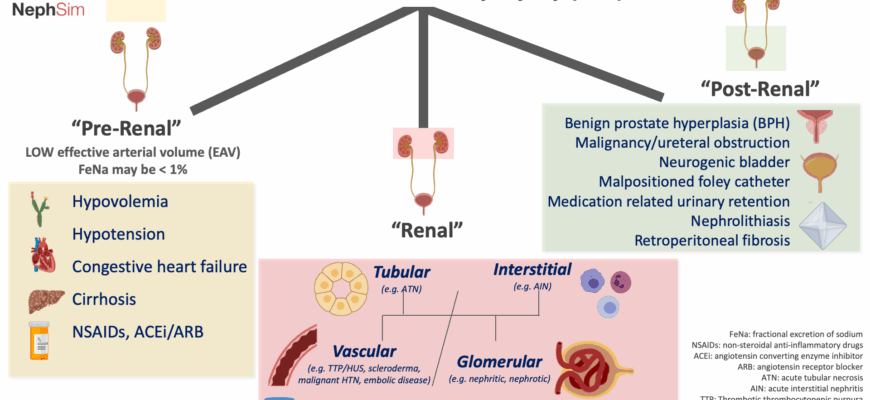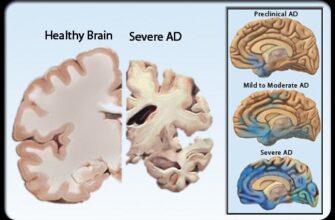The Persistent Challenge of Acute Kidney Injury
Acute Kidney Injury (AKI) is a formidable adversary in clinical practice. This common and often severe condition can arise from various culprits, including widespread infections or disruptions to blood circulation. While our kidneys possess a remarkable capacity for self-repair, this regenerative process is not infallible. All too frequently, it falters, leading to the excessive proliferation of connective tissue – a process known as fibrosis – and the formation of debilitating scars within the organ.
Current therapeutic approaches for AKI face a fundamental limitation: they struggle to simultaneously restore functional kidney cells and prevent the formation of scar tissue. This dual challenge leaves many patients vulnerable to long-term complications, including chronic kidney disease and, in severe cases, kidney failure requiring dialysis or transplantation.
Trichostatin A: A Fungus Fighter`s New Calling
Enter Trichostatin A (TSA). For years, this natural compound has diligently served its purpose as an antifungal agent, a chemical bouncer keeping unwelcome fungal guests at bay. However, a team of Russian scientists from Lomonosov Moscow State University, the Institute of Protein of the Russian Academy of Sciences, and the Kulakov National Medical Research Center in Moscow decided to dig a little deeper into TSA`s molecular toolkit. What they uncovered was nothing short of revolutionary.
Their research, supported by a grant from the Russian Science Foundation and published in the journal IUBMB Life, revealed that TSA possesses a far more sophisticated biological activity. It acts as an inhibitor of enzymes responsible for packaging DNA. Think of DNA as a highly coiled, intricate library of genetic information. These enzymes normally keep it tightly packed. TSA, by inhibiting them, essentially loosens this packaging, making the genetic information within the DNA more accessible for cellular machinery to read.
The Unveiling of a Dual Action Mechanism
This increased accessibility to genetic information is where the magic happens. By “unlocking” the DNA, TSA can potentially activate a range of genes crucial for tissue repair and regeneration. As Dr. Egor Plotnikov, head of the Laboratory of Structure and Function of Mitochondria at the A.N. Belozersky Research Institute of Physico-Chemical Biology at Moscow State University, succinctly put it:
“We have, for the first time, determined that Trichostatin A demonstrates a dual action: on one hand, it protects kidneys from scarring, and on the other, it accelerates the regeneration of damaged tissue. This property can be utilized in developing therapies for effective tissue restoration, for instance, in acute kidney injury, to prevent subsequent decline in organ function.”
Precision Targeting: A Smart Approach to Healing
To confirm these remarkable findings, the researchers treated kidney epithelial cells (the functional cells of the kidney) and fibroblasts (the cells responsible for forming scar tissue) with TSA. They then meticulously observed changes in cell division rates, glycolysis (the process by which cells generate energy from glucose), and the levels of proteins regulating these processes.
What they discovered was a surprisingly precise and selective action by TSA. In the desirable kidney epithelial cells, TSA activated a key enzyme called Akt protein kinase. This enzyme is a known conductor of cell division, growth, and survival. Under TSA`s influence, these vital kidney cells grew an impressive 2.5 times faster than their untreated counterparts.
Conversely, in the less desirable fibroblasts – the very cells that contribute to kidney scarring – TSA exhibited a different, yet equally beneficial, effect. It reduced the activity of Akt protein kinase and significantly suppressed their division. Furthermore, glycolysis, the energy-producing pathway, was slowed down in these fibrotic cells. It`s almost as if TSA selectively boosts the good guys and puts the brakes on the bad ones, orchestrating a cellular symphony for repair.
The Road Ahead: Refining Renal Repair
This discovery marks a significant leap forward in understanding and potentially treating acute kidney injury. The selective action of Trichostatin A offers a promising pathway for therapies that can not only mitigate the immediate damage but also prevent the long-term scarring that so often leads to chronic kidney disease.
Naturally, the scientific journey continues. The next crucial steps involve further exploring anti-fibrotic strategies and developing new compounds that can fine-tune these effects – maximizing the inhibition of fibroblasts while ensuring minimal or even positive impacts on the functional kidney epithelial cells. The goal is to craft a truly targeted and effective treatment that turns the tide against kidney damage.
This serendipitous finding, where an old drug finds a vital new purpose, underscores the immense potential of drug repurposing. It’s a reminder that sometimes, the solutions we seek might already be within our reach, just waiting for the right scientific lens to reveal their hidden capabilities.







